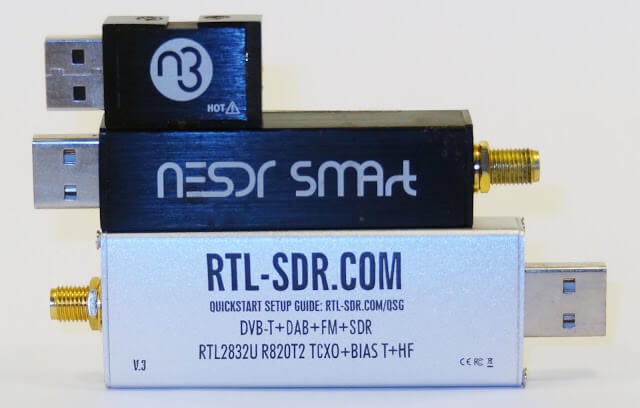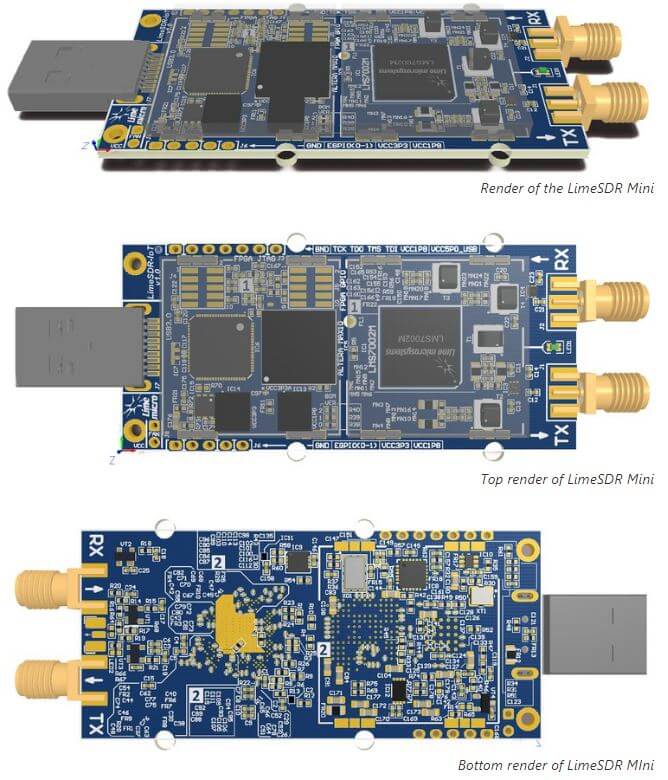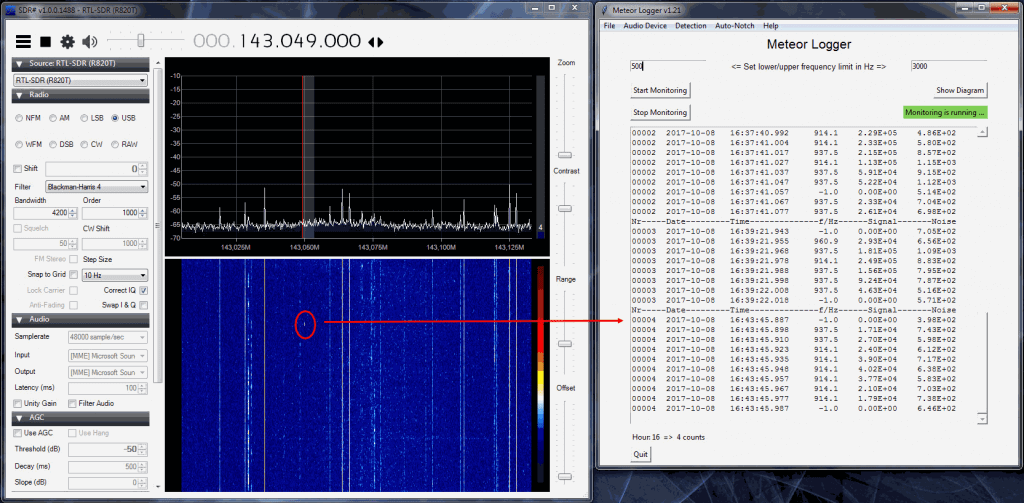SpyServer Updated: Very Efficient Network Usage with 8-Bit PCM Mode
Over the last month SDRSharp's SpyServer has been updated several times. SpyServer is a streaming server for SDR# which allows you to use Airspy and RTL-SDR radios remotely over a network connection.
The updates brought improvements such as IQ PCM compression at various bit depths including an efficient 8-bit mode, removing the DC spike residual in the 8-bit streaming mode, and recently improving the 8-bit mode to work like lossy compression for strong signals.
We tested the new 8-bit PCM streaming mode and found it to be extremely efficient with network usage. When streaming at 2 MHz with an RTL-SDR a WFM signal on the older SpyServer versions used to use about 1.2 MB/s without any compression modes, and now with 8-bit compression active it only uses 322 KB/s. A NFM signal used to require 120 KB/s, now only requiring about 38 KB/s. No DC spike is present and no degradation in reception quality is noticeable unless the signal requires over 70 dB of dynamic range, which is unlikely for most signals.
If you've had trouble with SpyServer or rtl_tcp not working well on your slow network connection, then the new updated SpyServer may be the solution for you.
Prog, the author of SDR# and SpySever writes about the update on the Airspy group:
This new development allows you to stream large signals over 8bit and reduce the network bandwidth.
The server will try to pack the useful signals into whatever bit depth you select ensuring optimal SNR for the transport. No manual scaling required.





